Portable dishwashers, freestanding or countertops, are those appliances that clean your dirty dishes efficiently. While you must knock off any hard leftover food from your dishes before loading them into the dishwasher, the filter in the appliance takes care of the rest of the residue. But does a portable dishwasher have a filter?
Most portable dishwashers have a filter, and its purpose is to trap food particles and debris during the wash cycle. This helps prevent clogs and ensures that the water used for cleaning remains clean.
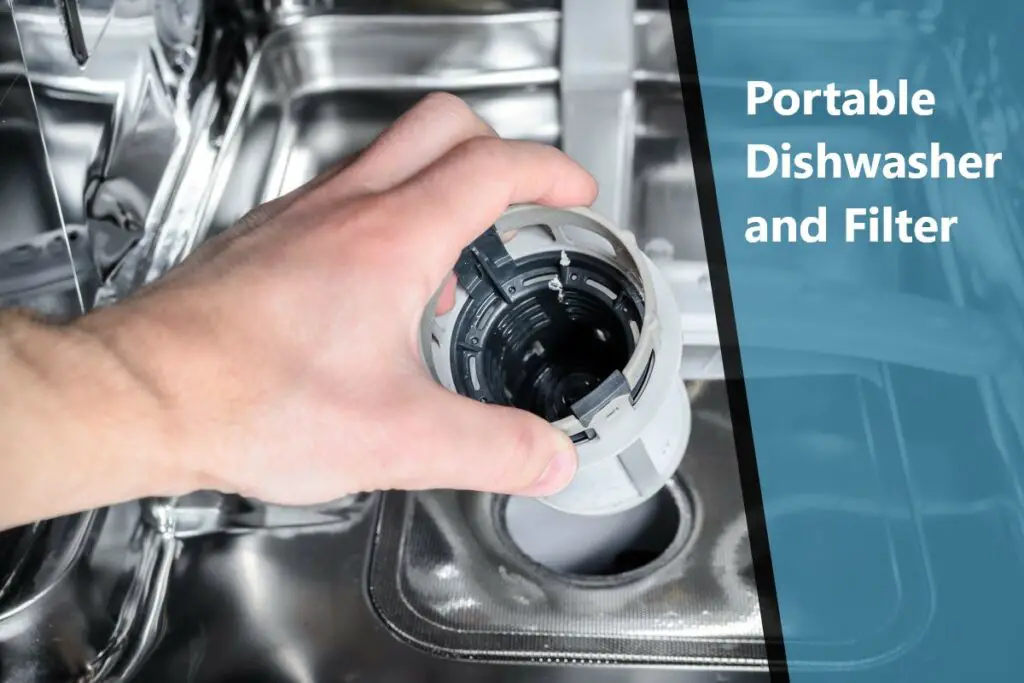
Here’s all you need to know about portable dishwasher filters and how to clean them.
Table of Contents
Does a Portable Dishwasher Have a Filter?
Almost all portable dishwashers – countertops and freestanding models – are designed with filters to trap any debris, including food particles, and prevent them from blocking the dishwasher’s pump, spray arms, and other components.
Since the filter also traps larger objects or solid debris, it prevents drain hose blocks that could potentially result in inefficient draining and water backup.
Unless you have a filterless or self-cleaning dishwasher model (rare in modern dishwashers), you mustn’t run a wash cycle without the filter. Besides causing damage to the dishwasher components, food particles and debris may redeposit onto the dishes during the wash cycle. This will result in spots, residue, and overall unclean dishes.
Depending on the portable dishwasher’s brand and model, the filter’s specific location may vary. However, the majority of portable models include a filter.
How to Clean a Portable Dishwasher Filter
Regularly cleaning a portable dishwasher filter is an essential maintenance task to ensure optimal performance. A clogged or dirty dishwasher filter will eventually cause an unpleasant odor, drainage issues, or improper cleaning of dishes.
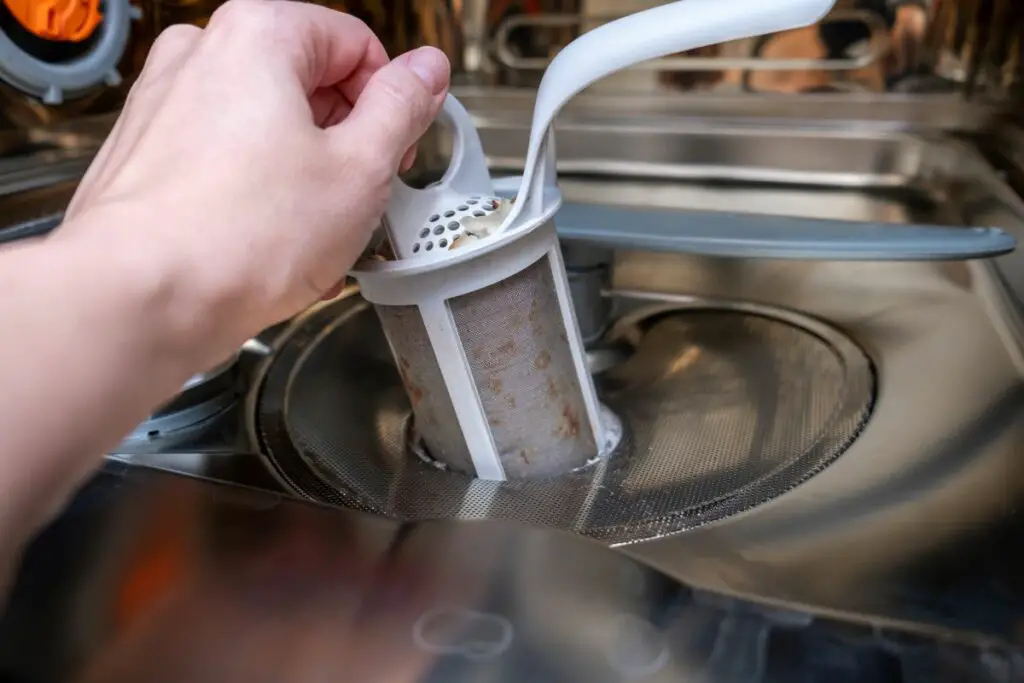
Here are the steps to follow to clean a portable dishwasher filter:
- Unplug the appliance:
Ensure the dishwasher is not plugged into the power source before you start cleaning.
- Locate the filter:
Remove the lower dishwasher rack (in freestanding models) or the only rack (in countertops). The filter is usually on the dishwasher floor, either in the center or on a side, beneath the spray arm.
- Remove the filter:
Refer to the user manual for instructions on how to remove the filter. Often, the filter can be removed by twisting it to unlock it and gently pulling it up and out.
- Wash the filter:
Run warm water in your kitchen sink and hold the filter beneath the running water. Use a sponge or soft brush to gently scrub any debris or residue. Avoid using harsh cleaners or abrasive materials that could damage the filter.
- Clean around the filter area:
While the filter is removed, wipe away any debris or buildup near it, including the filter housing, with a soft, damp cloth.
- Return the filter to its place:
After thoroughly cleaning the filter and its surrounding area, carefully replace the filter to its position. Ensure it is properly secured by twisting it to lock.
Techjut tip: If you use your dishwasher at least once daily or if you don’t scrape items before loading the dishwasher, you should clean your filter monthly. But if you use it only a few times a week and scrape items before loading, clean the filter 2-3 times yearly.
How to Clean a Portable Dishwasher Without a Filter
Modern dishwasher models usually have filters that you must clean manually. The older dishwashers (made before 2010) had self-cleaning filters. Such filters had noisy grinders that worked similarly to a garbage disposal.
The grinders of filters in self-cleaning dishwashers would break up waste into tiny particles that would pass down the drain hose without clogging it.
While it’s extremely rare to find a portable dishwasher without a filter (since such dishwashers have been out of production for more than a decade), the cleaning process of such a dishwasher is different.
Such a dishwasher’s cleaning process involves
- General cleaning:
Use a damp cloth or sponge and warm soapy water to clean the interior walls, racks, door, and seals. - For any spray arm clogs:
Use a toothpick or small brush to clear any blocking debris. - Run a self-cleaning cycle if your dishwasher model has the option.
Alternatively, place a dishwasher-safe bowl with white vinegar on the top rack and run a regular wash cycle.
You should check our 6 Steps To Clean a Portable Dishwasher (Fast & Thorough).
Conclusion
The answer to the question, ‘Does a portable dishwasher have a filter?’ is yes. Modern dishwasher models are designed with filters you must manually clean to keep the machine functioning efficiently.
While filterless dishwashers were available more than a decade ago, these were self-cleaning models with a filter that didn’t require manual cleaning.
If you’d like to skip pre-washing your dirty dishes that usually have a lot of food debris, it’s best to buy a portable dishwasher with a filter. Decide between countertop models or freestanding ones based on your requirements.
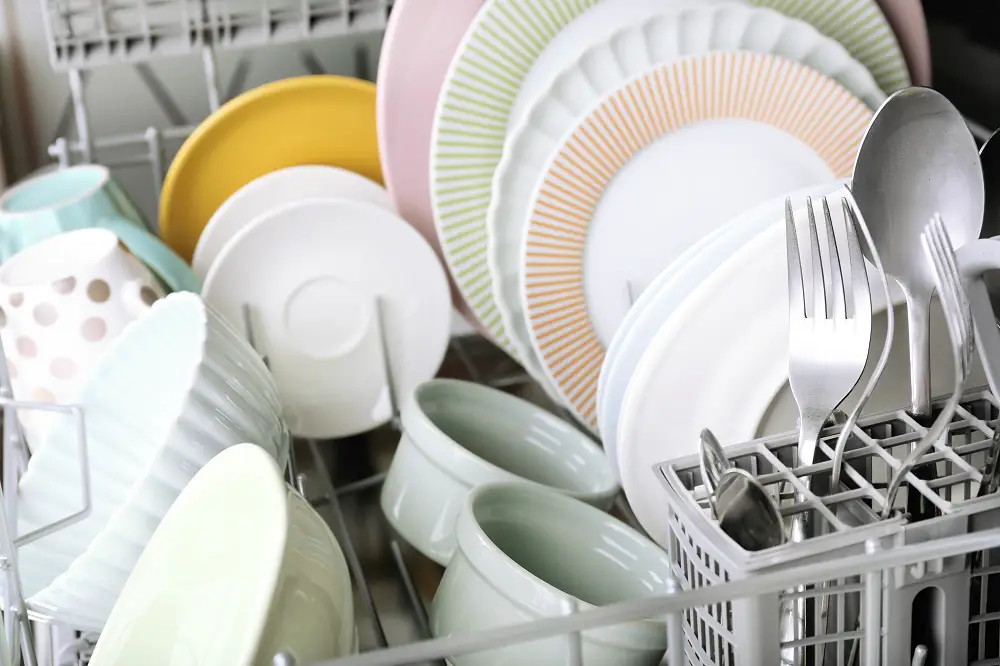
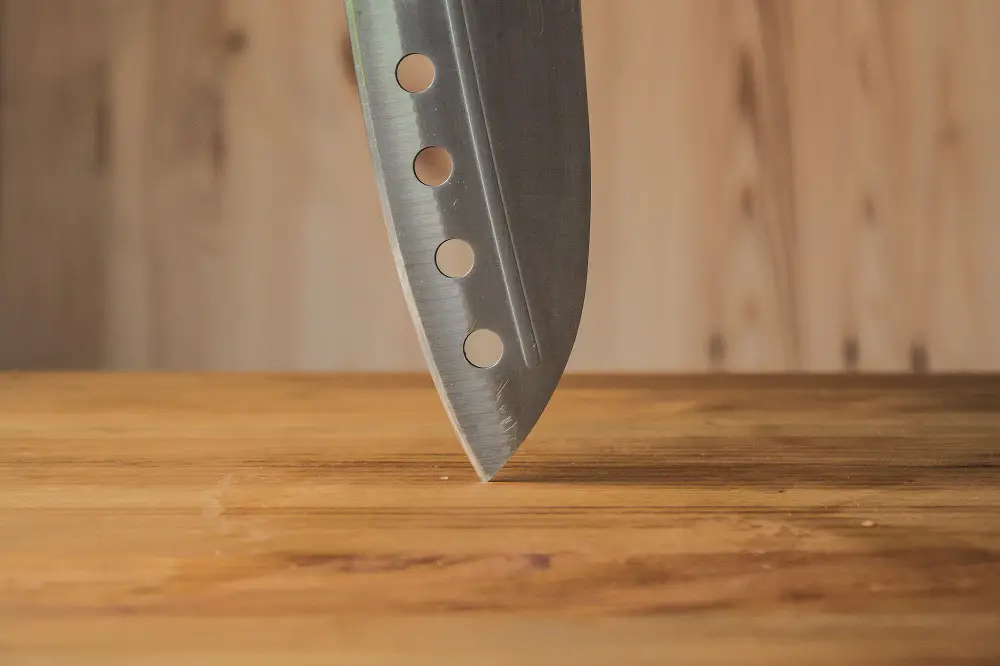
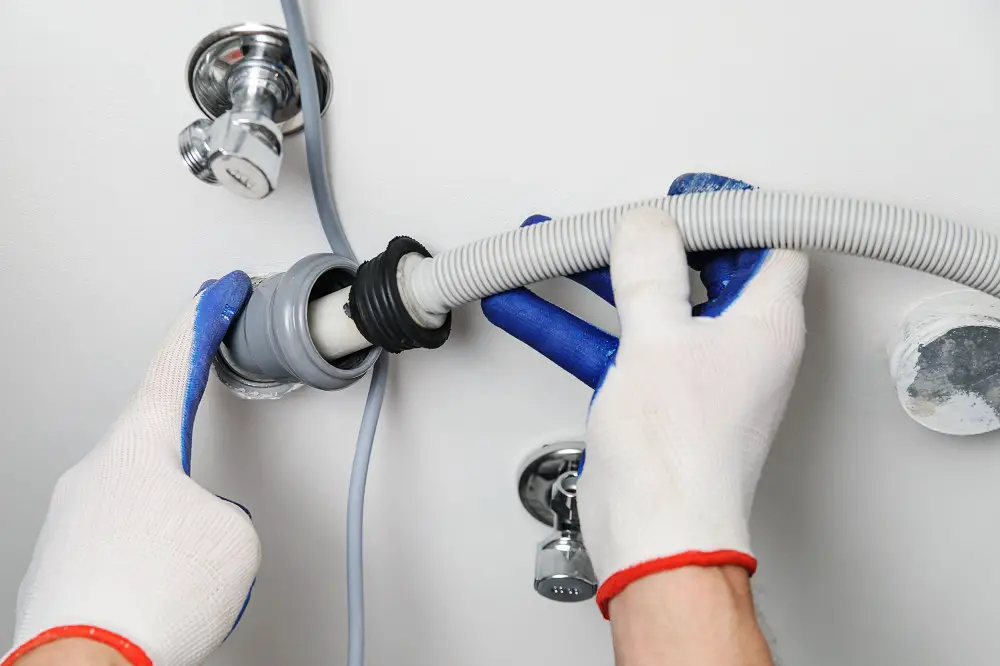
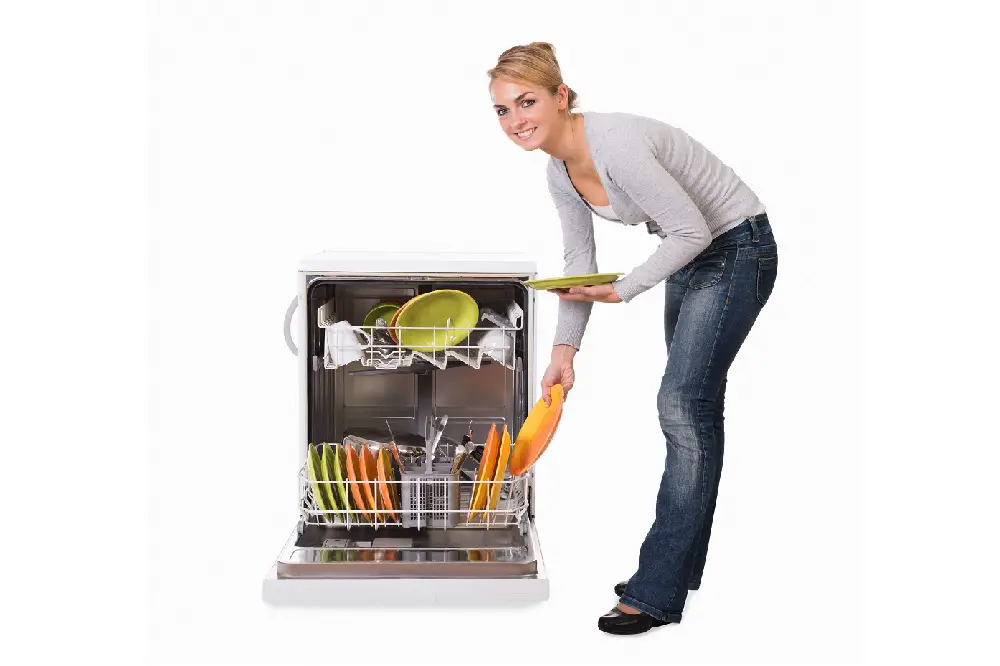
Really appreciated the cleaning tips, Martin. Had no idea my portable dishwasher filter needed regular cleaning. This should make a big difference in how well it cleans.
Good info! But I’m wondering, is there a specific type of cleaner you recommend for the filter, or is soap and water usually enough? Don’t want to accidentally damage mine.
I was under the impression my older model didn’t have a filter to clean. It’s been wonderful learning about the self-cleaning ones. Could you elaborate on how those work, please?
Had no clue about the filter thing until I noticed my dishes weren’t getting as clean. This article is a lifesaver, fixed the issue in no time. Thanks for the easy guide, Martin.
Great article! Cleaning the filter regularly seems like a good step towards more sustainable use of a dishwasher. Any tips on environmentally friendly cleaners for the filter?
Hey TaraP., I’ve used baking soda and vinegar for cleaning mine. Works great and is super eco-friendly!
Is it hard to clean the filter? Got one of these in my dorm but never touched it. Not even sure where to start.
For anyone struggling, a toothbrush works wonders on those filters. Just gentle scrubbing and you’re golden.
How often should I be cleaning this? Don’t want to mess up my new kitchen gadget.
Does a cleaner filter actually make a noticeable difference in how dishes come out? Wondering if it’s worth the extra effort.
Good to know. Thanks for the tip, will be cleaning mine this weekend.